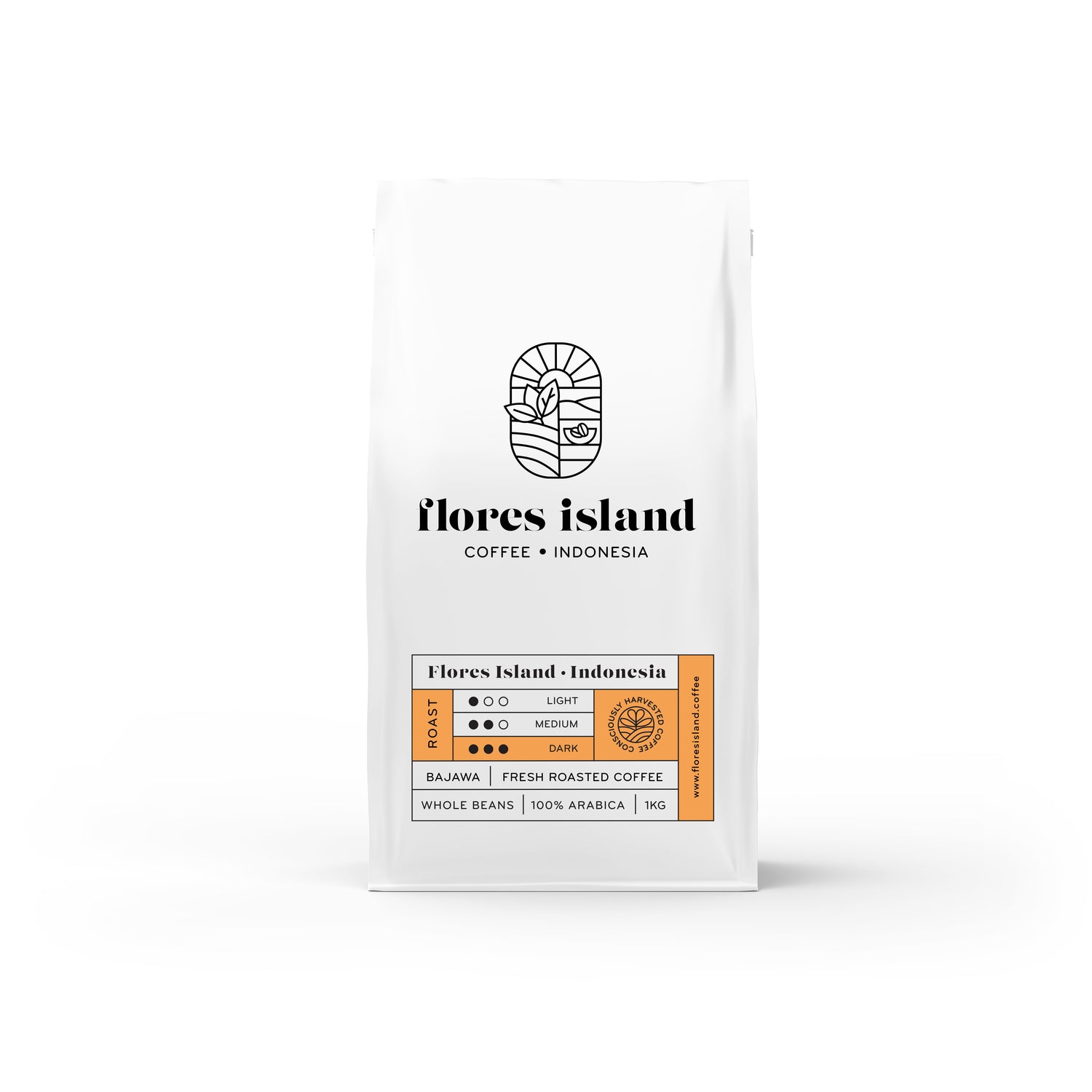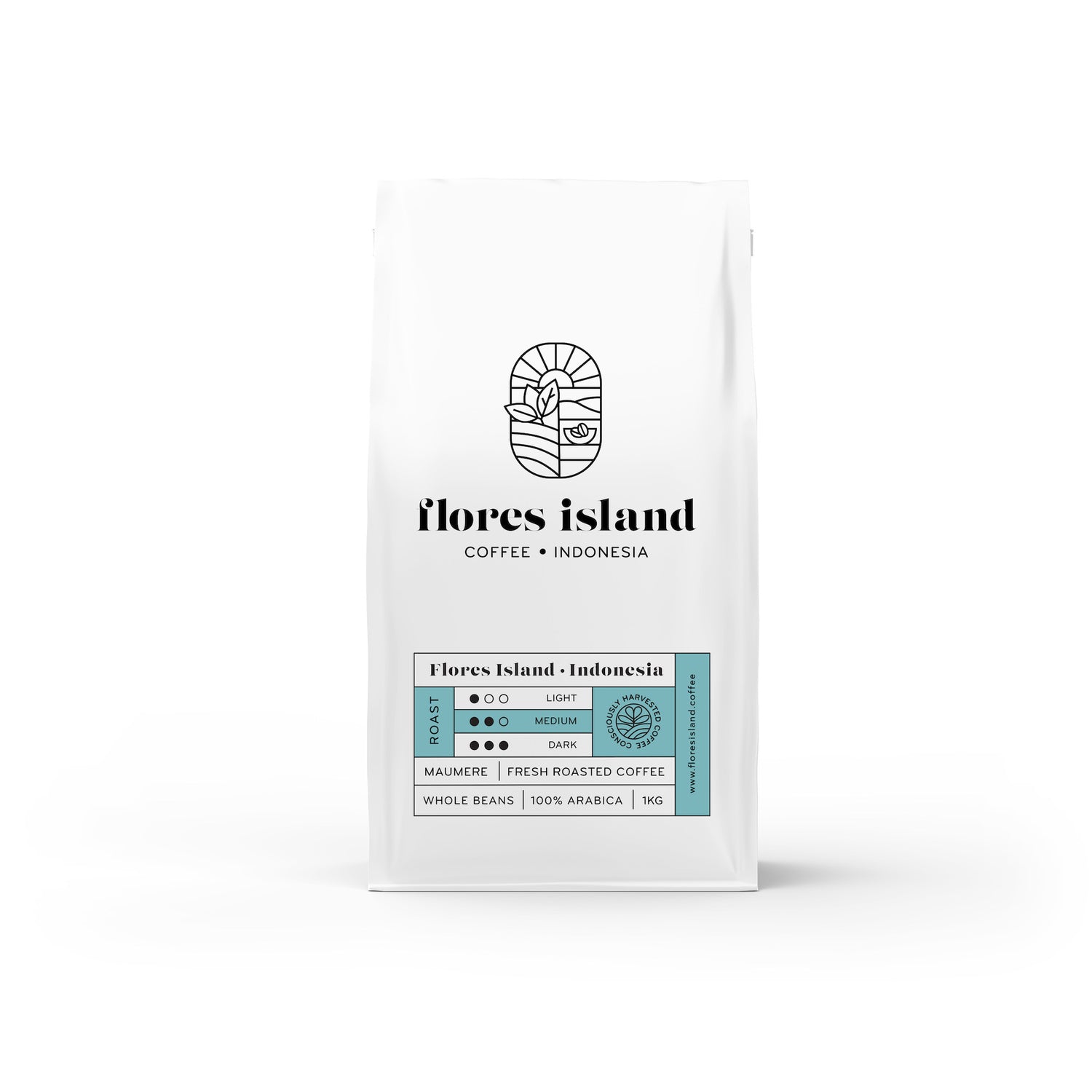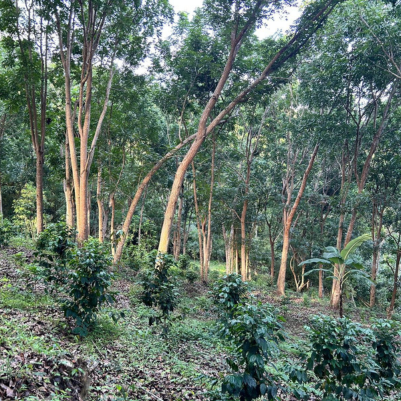From your neighborhood cafe to top-tier barista competitions, single-origin coffee is taking the coffee world by storm. This trend speaks to a growing desire for authenticity, a thirst for unique tastes, and a demand for transparency in our food and drink. But what makes single-origin so special, and why should you care?
In the world of coffee, where blends reign supreme, single-origin coffees stand out as unique expressions of a particular place. While pinpointing the exact origin of the term "single-origin" is difficult, its rise is intrinsically tied to the specialty coffee movement and onward. This movement championed quality, transparency, and celebrating the distinct flavors of different coffee-growing areas. Key figures like Erna Knutsen and the growth of the Specialty Coffee Association of America (SCAA) were instrumental in promoting origin-focused coffee experiences. The increasing use of the term "single-origin" in coffee literature from the 1990s, its appearance in newspapers and magazines, and the growth of specialty coffee shops featuring single-origin offerings provide solid evidence of the term's integration into the coffee world.
The beauty of single-origin coffee lies in its unadulterated expression. Free from the blending process that aims for consistency, single-origin coffee allows the unique flavor notes imparted by the specific origin to shine through. This creates a more distinctive and adventurous coffee experience, where each cup becomes a journey of discovery, reflecting the terroir and craftsmanship that brought the beans from plant to cup
Coffee blends, on the other hand, are the result of a skilled roaster's artistry, meticulously combining beans from various origins, each chosen for its specific qualities. This approach aims to achieve a harmonious and well-rounded flavor profile. A classic blend might balance the acidity of a Latin American bean with the body of an Indonesian bean, resulting in a smooth and satisfying cup. Blenders can also cater to specific preferences. A "breakfast blend" might combine beans for a robust and invigorating morning brew, while an "espresso blend" might focus on intensity and crema (the foamy layer on top of espresso).
Consistency is another hallmark of blends. By carefully selecting and proportioning beans, roasters can ensure a consistent flavor profile from batch to batch. This consistency is ideal for cafes and coffee shops, guaranteeing a familiar taste for their customers. For those who prefer a dependable cup in their daily routine, blends offer a comforting reliability.
Unlike blends, which combine beans from various origins, single-origin coffee focuses on beans grown in a specific geographic region. This region can be as narrow as a single farm or estate, encompassing a particular plot of land, or as broad as an entire country known for its distinct coffee characteristics.

Photo by Christian Joudrey on Unsplash
The key idea behind single-origin coffee is traceability. By knowing the exact origin of the beans, you gain a deeper understanding of the factors that influence the final flavor. This concept aligns with the principles of terroir. In a way, terroir gives coffee a "sense of place," allowing your taste buds to experience a snapshot of the landscape where the beans were grown. The mineral content of the soil leaves subtle traces detectable in the brewed cup. Rainfall patterns and temperature shifts during the growing season dramatically affect acidity and sweetness levels. Even altitude plays a key role as beans cultivated at high elevations often develop complex floral aromas and vibrant acidity due to cooler temperatures and slower maturation. To put it into view, imagine the difference between a Brazilian bean bursting with sun-kissed tropical fruit notes and the delicate, tea-like nuances of a shade-grown Sumatran variety.
However, the type of coffee bean itself serves as the cornerstone of flavor.

Photo by Sergey Kotenev on Unsplash
Comprising roughly 60% of global coffee production, Arabica are the stars of the single-origin world. They offer a wide range of acidity, from bright citrus to smooth notes, as well as a broader spectrum of flavors like floral, nutty, and chocolatey. Their lower bitterness allows delicate nuances from terroir and processing to take center stage. Within Arabica, even specific varieties can further influence the flavor profile.
While less common in single-origin specialty coffee, Robusta beans, on the other hand, known for their intensity and higher caffeine, playing a supporting role. While their bold bitterness can overshadow subtle nuances, they offer a distinct character sought after in specific contexts, such as Vietnamese single-origin offerings.

Photo by Riley Farabaugh on Unsplash
Once harvested, the journey from fruit to flavorful bean continues with processing techniques that further shape the taste profile. Washed process is the most common amongst the other two methods—Natural and Honey, for its ability to produce a clean and crisp cup, allowing the flavors inherent to the coffee bean to shine through. This emphasis on "cleanliness" aligns with specialty coffee trends and the preferences of many coffee drinkers. Moreover, the controlled nature of the washed process, involving precise steps like fermentation and washing, ensures greater consistency in the final flavor. This predictability minimizes the risk of off-flavors that might come from uneven or uncontrolled fermentation, making it highly sought after.
The roaster's skill then comes into play as the final piece of the puzzle. Understanding the bean's inherent character, roasters can tailor their roast profiles to bring out the most desirable flavor notes. A light roast preserves the delicate complexities of a high-grown Kenyan coffee, highlighting floral aromas and bright acidity. Conversely, a darker roast could enhance the body and introduce caramel sweetness. Single-origin coffee invites you to appreciate the roaster's art as they coax out the essence of a specific origin.
While the term "single origin" often implies a certain level of quality, it's not an absolute guarantee. So how do we truly identify exceptional coffee? This is where respected industry evaluation systems like the Cup of Excellence, Coffee Quality Institute (CQI) 'Q' grading, and Coffee Review come into play. These systems guide consumers in making informed choices while motivating farmers and roasters to strive for coffee excellence.
The Cup of Excellence stands as the most prestigious award in specialty coffee, recognizing meticulously produced, rare lots. The Coffee Quality Institute (CQI) adheres to rigorous Specialty Coffee Association (SCAA) standards, evaluating Arabica, Robusta, and blends at the farm level. Receiving a high 'Q' grade is a significant achievement. Coffee Review, on the other hand, serves as an invaluable buyer's guide for roasters and retailers, with their reviews focusing on the quality of different roast profiles.
You might wonder how these systems can judge something as seemingly subjective as coffee. To ensure objectivity, they implement strategies like blind cupping (where evaluators taste coffees without knowing their origins) and the 100-point system (a standardized scale using criteria like aroma, flavor, acidity, body, and balance). While each system might have slight variations, they generally align with professional coffee tasting standards.
In essence, coffee quality evaluation is a multi-faceted process. It combines objective scoring, rewards outstanding production practices, and caters to the discerning palates of roasters and consumers alike. These systems fuel the industry's continuous pursuit of creating ever-improving coffee experiences.
Historically, blends may have been associated with lower quality. This perception can sometimes be attributed to the use of less desirable coffees, inconsistent extraction techniques, or the cost-cutting practice of blending in cheaper Robusta beans. These factors unfortunately contributed to a negative perception of blends.
While consumers are often willing to pay more for the unique characteristics of single-origin coffees, blends can offer a level of consistency that becomes highly desirable. The question of whether single origins are "better" than blends is entirely subjective and boils down to individual preferences.
In recent times, particularly within the specialty coffee realm, the narrative around blends has changed. Skilled roasters create blends intentionally, aiming for consistent flavor profiles and a well-rounded complexity that may be harder to achieve with single-origin coffees. This showcases the potential for blends to be of exceptional quality.
The future of the coffee industry will thrive on recognizing that both single origins and blends have immense potential. By appreciating their distinct strengths and purposes, they can harmoniously coexist and offer a diverse range of exceptional coffee experiences.
Ultimately, the best way to decide is to embark on your own coffee adventure. The world of coffee is vast and exciting – there's no reason to feel intimidated! Experiment with single origin coffees to discover the unique flavors different regions offer. Explore blends to appreciate the art of combining these distinctive elements. As you delve deeper, you'll cultivate your own preferences and discover the cup that best reflects your coffee personality. Remember, the journey of discovery is just as delightful as the perfect cup itself










